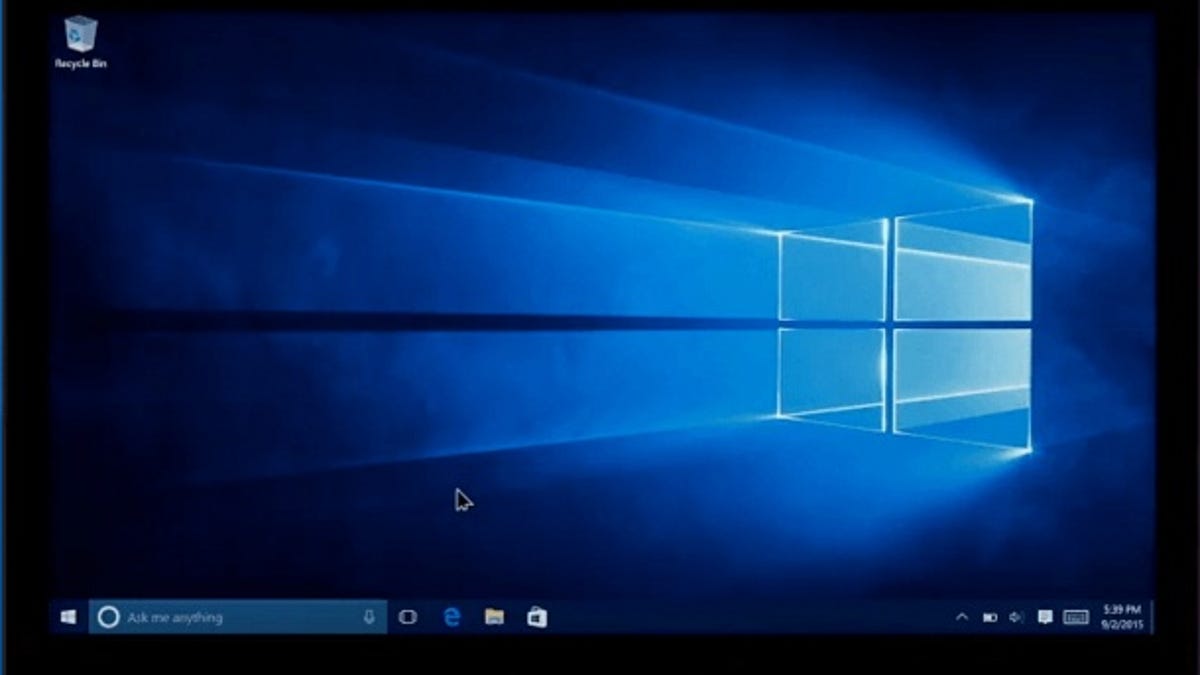Windows 10 creeps even closer to landing on your PC
Microsoft makes a status change that has implications for all you Windows 7 and 8.1 users.

The shift to "recommended" upgrade is designed to spur more people to download Windows 10.
Microsoft made good Monday on its promise to give Windows 7 and Windows 8.1 users a shove toward Windows 10.
The shove arrived in the form of Windows 10's shift from an "optional" upgrade to a "recommended" upgrade.
Microsoft's move comes as the Windows 10 operating system finally passed Windows XP and Windows 8.1 last month in terms of market share. Windows 10, which was released six months ago, now accounts for 11.9 percent of the desktop OS market worldwide. However, Windows 10 still lags far behind Windows 7, which controls 52.5 percent of the market.
The shift to "recommended" upgrade is designed to spur more downloads.
People with automatic updates enabled might now see the Windows 10 upgrade kick in on its own. But they won't fully move to Windows 10 unless they specifically choose it. If people do move, intentionally or inadvertently, to Windows 10 and are unhappy with it, they have 31 days to roll back to their previous Windows versions.
Microsoft is not changing its policy of downloading part of the Windows 10 code proactively to users' machines to make upgrading faster. The company continues to do so, in spite of complaints. However, unless people make the final decision to hit upgrade, Windows 10 will not completely install and replace their existing Windows version.
The "recommended" push will be phased in for Windows 7 and 8.1 consumers with automatic updates turned on, a company spokesperson said. For people who have turned on the "give me recommended updates the same way I receive important updates" setting, the automatic update process will kick off.
Anyone who has disabled automatic upgrades using Group Policy settings or the registry edit will not have Windows 10 automatically pushed to them.
Back in October, Microsoft said the shift to "recommended" was coming in 2016 but didn't say exactly when it would happen.
This story originally posted as "Microsoft starts pushing Windows 10 as a 'recommended' update" on ZDNet.

